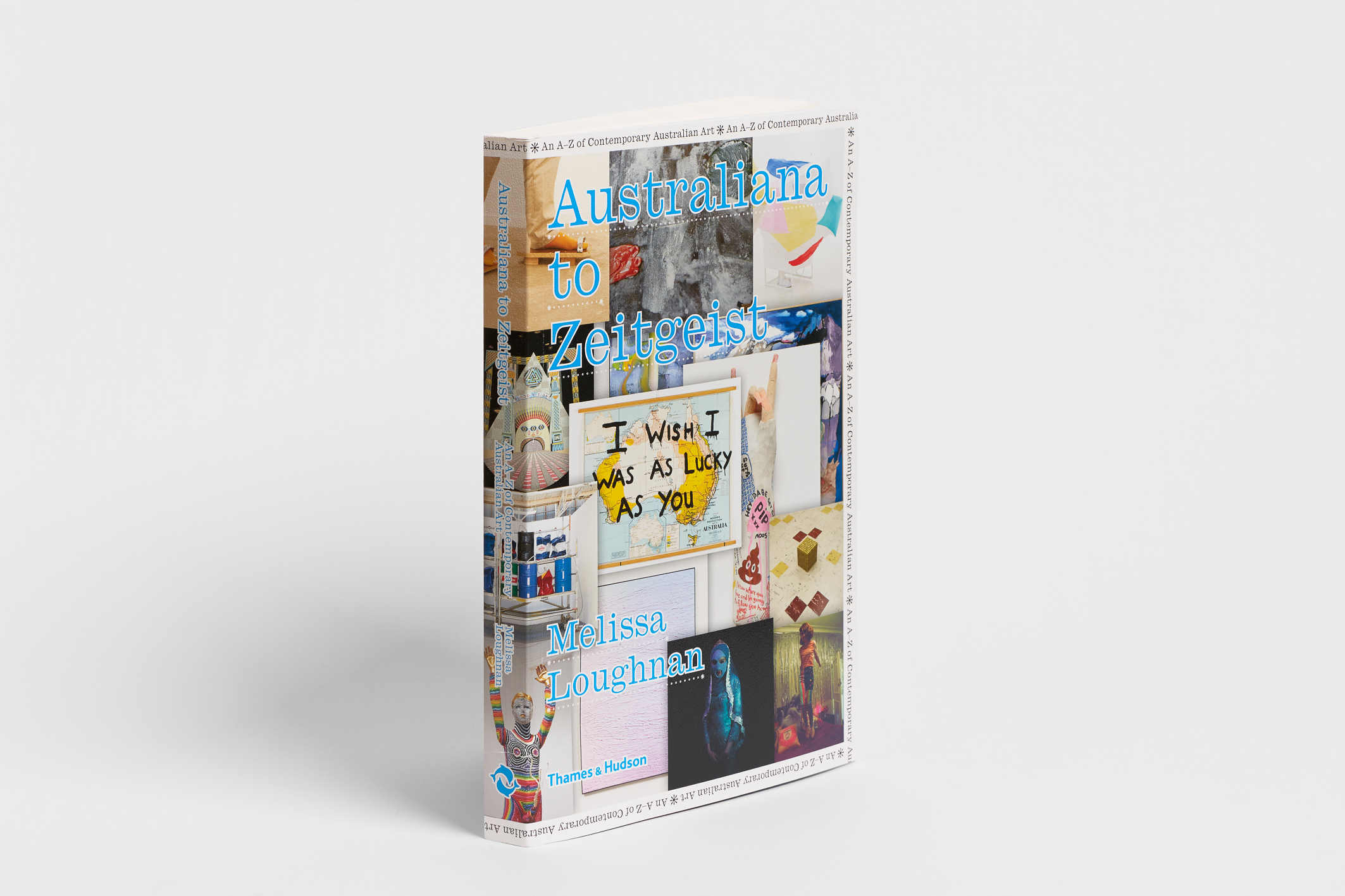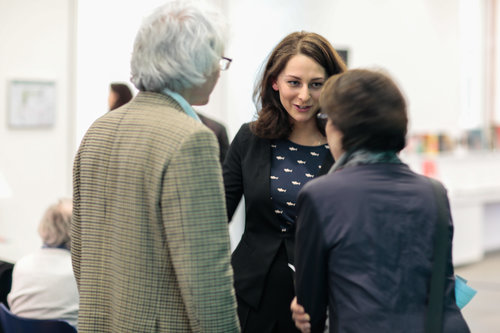Oh So Arty's local guide in San Francisco, Marissa Halbrecht, has merged two of her passions—Israel and art— through her company Projex Connect with the vision of creating awareness and exposure of Israeli art and culture within international communities. Her personal art collection is a reflection of these dual interests. Continue reading to see some of the pieces in Marissa's vast collection.
Jonathan Goldman
What is your personal philosophy when it comes to collecting art for yourself?
When it comes to collecting art for myself, for now, I have committed to mainly purchase contemporary Israeli art. There are a number of phenomenal contemporary Israeli artists who are under the radar in the art world and not only do I love their work but it’s my goal to support their careers. I also have a rule that I only purchase works that I really like.
Oded Balilty
Can you tell us about one of your favorite pieces you have collected?
A couple years ago I bought a work by artist Ariel Reichman at Frieze in NYC. I had been following Ariel on Facebook & Instagram and I was drawn to his work from the beginning. Then I found out that he would be showing at Frieze in NYC while I was in NYC for Frieze. I went to the booth at the fair and met his gallerist from Berlin. She asked if I wanted to know the story for the 5 works of his that the gallery was showing. She then proceeded to tell me the story “During the war in Gaza in the summer of 2014, Operation Protective Edge, Israel used an antimissile defense system called Iron Dome.” I, myself, happened to be there during that war and was very familiar with Iron Dome. She continued, “On the tip of the missiles that come from Iron Dome that intercept the missiles coming from Gaza there are cameras. This is the last image that one of the missiles took before it intercepted a missile coming from Gaza.” I was sold. Not only does the piece have deep and relevant meaning but I love the artwork aesthetically itself.
Ariel Reichman
What is your advice for other contemporary art collectors today?
My advice to other contemporary art collectors is to buy what you love. And if you don’t know what it is yet there are fabulous art advisors that can help you figure out what you like that fits in your budget. I also recommend going to as many galleries, museums and art fairs to open your eyes to all that the contemporary art world has to offer.
Rona Yefman
Ruby
Take a tour with Marissa in San Francisco to discover more!































